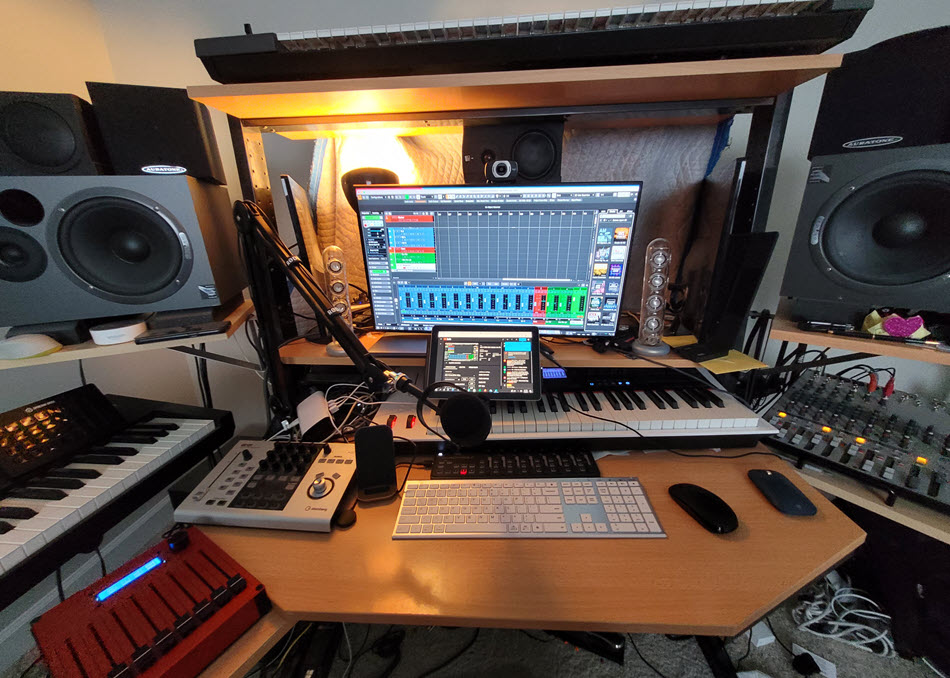Spotlight on Steinberg Dorico 4
Here are the most exciting new features in the version 4 release of the famed music notation software.
Dorico is Steinberg’s professional music notation and composition software. It provides a powerful means for creating everything from simple lead sheets and small ensemble arrangements to full-blown orchestral scores, and is available in three versions for Mac® and Windows computers (Dorico Pro, Dorico Elements and the free Dorico SE), as well as a free version for iPad®.
Let’s take a look at some of the main new features offered by the 2022 release of version 4.
Intelligent MIDI Transcription
Whether you’re using the Smart MIDI import features or recording a part from a MIDI controller, Dorico 4 automatically separates your melodies, bass lines and inner textures, making the transcription process much faster. As a result, the time it takes to turn a recording into a usable notated part has been dramatically reduced.
More Input Options
Three new on-screen instruments make note input fast and easy. These include a virtual keyboard, a guitar fretboard for inputting tablature, and drum pads for adding percussion. All three are touch-enabled for Windows computers and tablets with touchscreens, allowing you to input notes with your fingers.
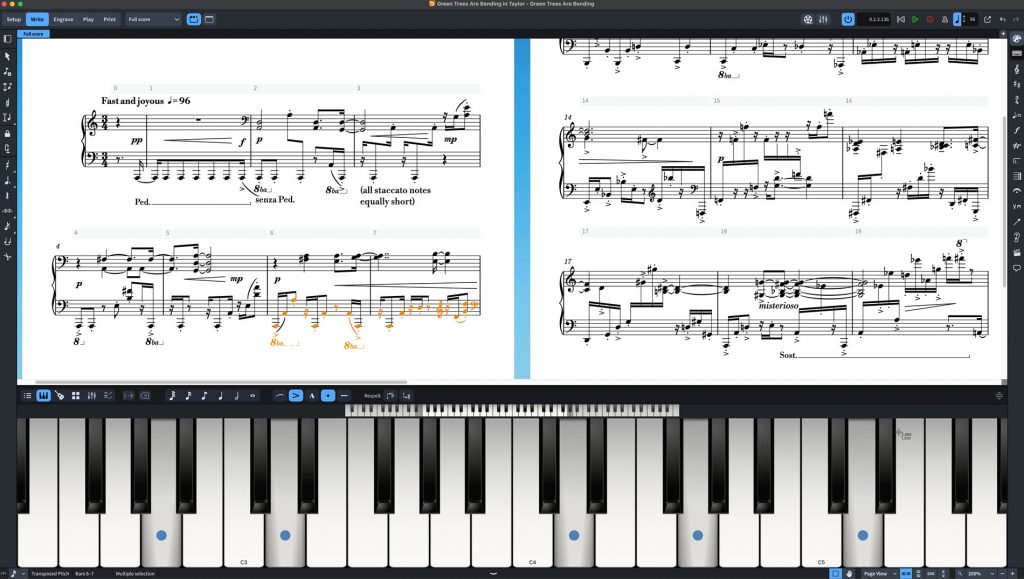
MIDI Key Editor
Dorico 4 provides a dedicated MIDI Key Editor that lets you fine-tune performance-related MIDI data such as dynamics, velocities and continuous controllers, making it easy to create realistic-sounding mockups and rehearsal tracks. It also continuously mirrors what’s in the score in the Music Area, always staying in sync so you never get lost.
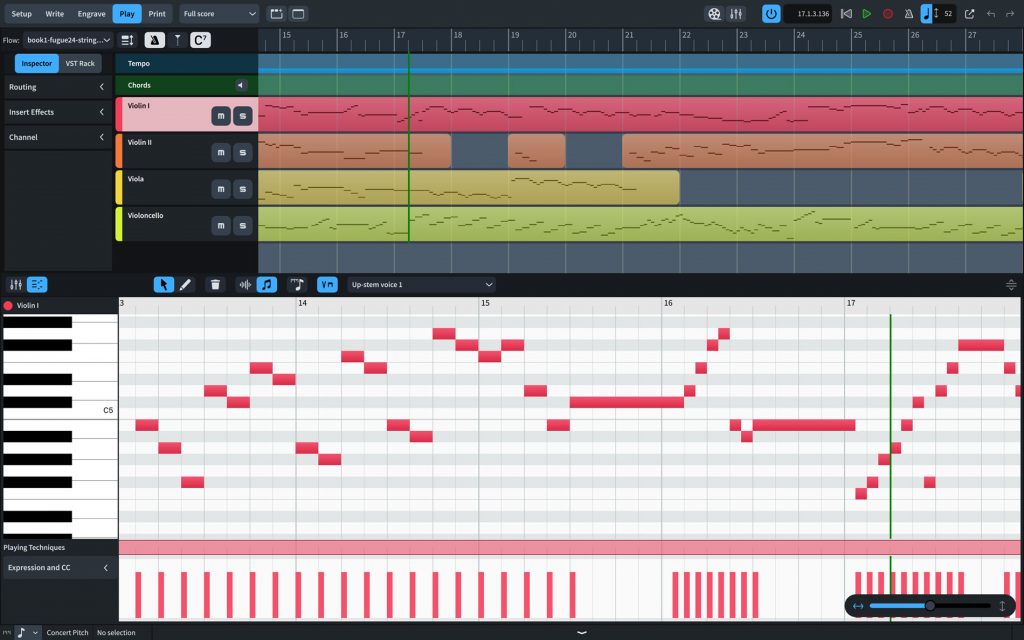
Redesigned Play Mode and Mixer
Speaking of the Dorico 4 Key Editor, it’s now available in the newly revamped Play Mode and includes a dedicated Track Inspector that lets you add insert effects on individual tracks, change instrument routing and adjust a volume fader for the selected track. Steinberg also completely rebuilt Dorico 4’s Mixer, and you can now open it in the Lower Zone or as a completely separate window.

Jumping-Off Point
A new Jump Bar lets you access any Dorico command right from your computer keyboard. Simply type “J” and then start typing the name of the command you want; when you hit Return, Dorico will list any that match. You can also use the Jump Bar’s “Go To” tab to navigate to any page or rehearsal mark in your project.

Insert Scopes
Insert Scopes gives you more options for inserting or removing music without altering what comes after it. This is accomplished by allowing you to set a location in the Flow; any subsequent notes and rhythms will be unaffected by your changes. Four Scopes are available: Voice, which only affects selected voices; Player, which affects only the Instruments and Voices of the selected Player; Global, which affects all Players in the Flow; and Global Adjustment Of Current Bar, which lets you shorten or lengthen a selected measure for all Players in the Flow.
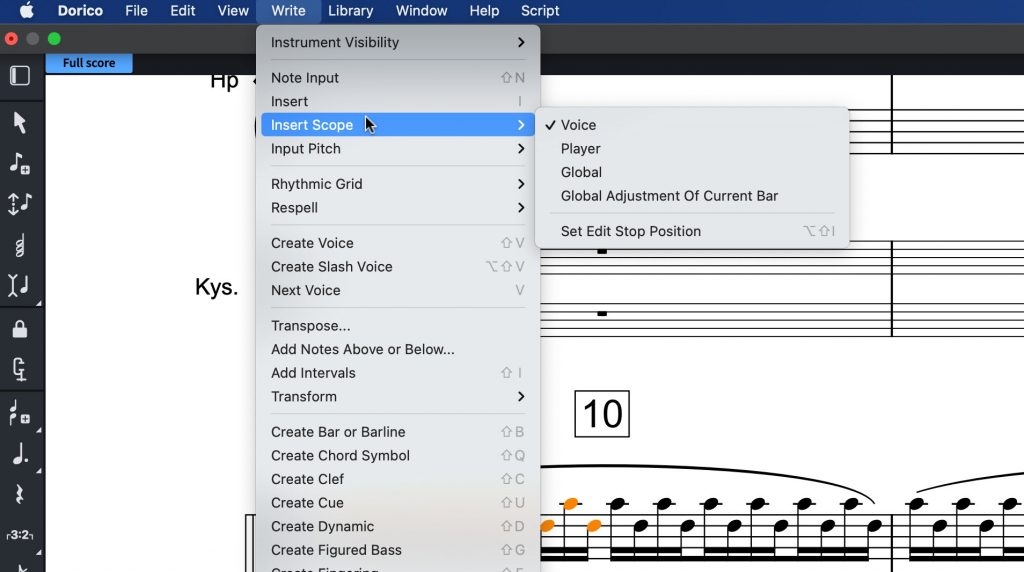
Easy Melodic and Rhythmic Transformations
Transformation functions allow you to accomplish a variety of common operations for both pitches and rhythms, and they have been significantly enhanced in Dorico 4. You can now choose from seven different pitch transformation options, including Invert Pitches, Reverse Pitches, Reverse and Invert Pitches, Rotate Pitches, Map Pitches, Map Scale, and Repeat Pitches. Rhythm transformation options include Reverse and Rotate. The All Category covers Pitches and Rhythms together and includes Reverse Pitches and Rhythms, Reverse and Invert Pitches and Reverse Rhythms, and Rotate Pitches and Rhythms.
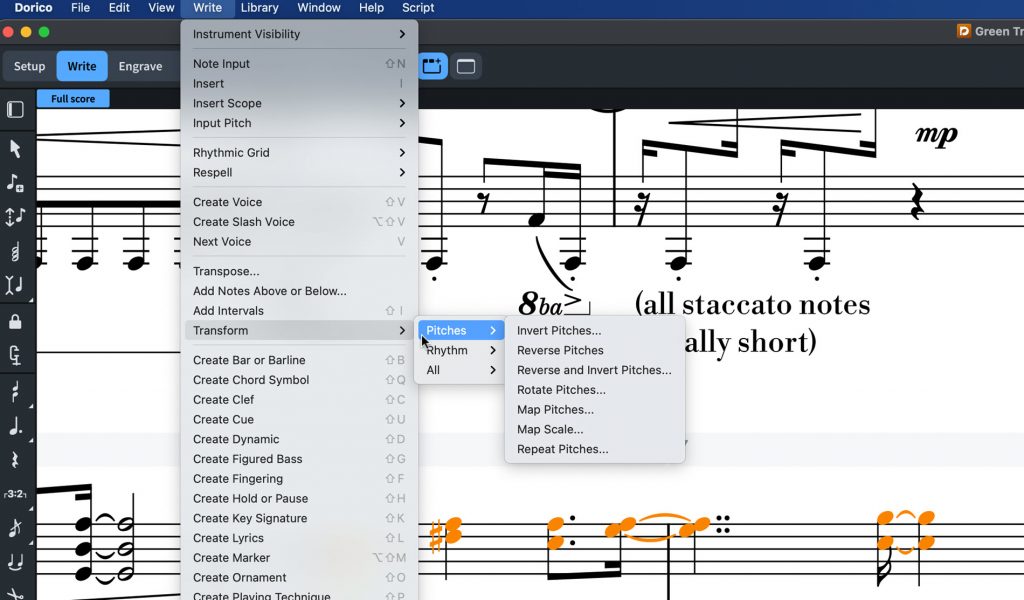
MIDI Import Gets Smarter
The new Smart MIDI import feature in Dorico Pro and Elements enables you to greatly streamline your workflow. In the past, importing complex orchestral music in MIDI format often required hours of copying, pasting and renaming to ensure the different parts were on the correct staves and correctly labeled. The Smart MIDI import feature intelligently interprets MIDI data during import, thus speeding up and simplifying the import process appreciably.
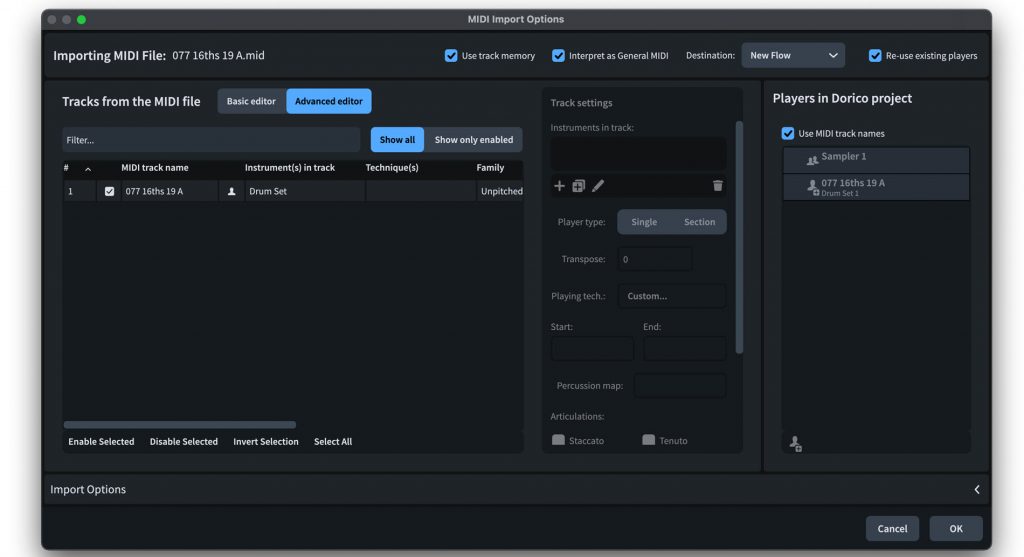
More and Better Meters
The Pro and Elements versions of Dorico 4 include Steinberg’s SuperVision multi-meter and audio analyzer plug-in — the same one found in Cubase 12 and WaveLab 11. This extremely flexible tool lets you choose from 27 different meter types, including Loudness, VU and Phase. You can open up to nine meters at a time inside SuperVision’s interface and freely configure their placement.
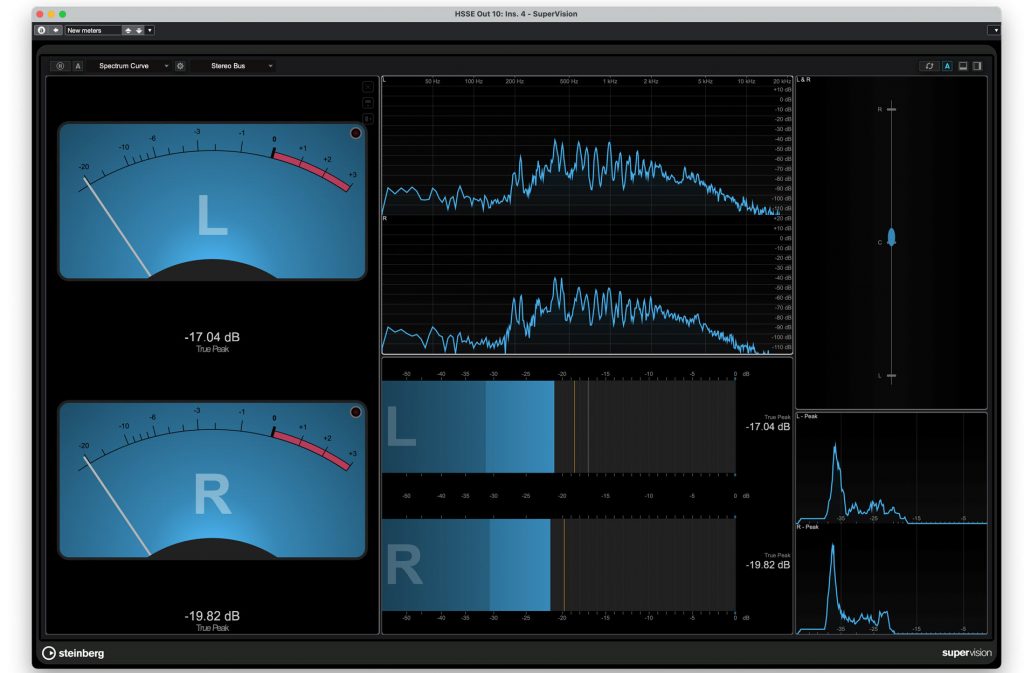
Dongle-Free Existence
If you’re using one of the three Mac- or Windows-compatible versions of Dorico 4, the dongle is now history, thanks to Steinberg’s new Identity-Based License Management system, which allows you to sign on (on up to three different computers) without needing a USB-eLicenser.
Seamless Silicon Support
Last but not least, Dorico 4 runs natively on the new Macs that feature Apple’s M1 chips — the first pro-level notation and composition program to do so. Some of the benefits of running Dorico 4 on an M1 Mac include significantly faster editing operations than Intel-powered Macs and improved energy efficiency.














